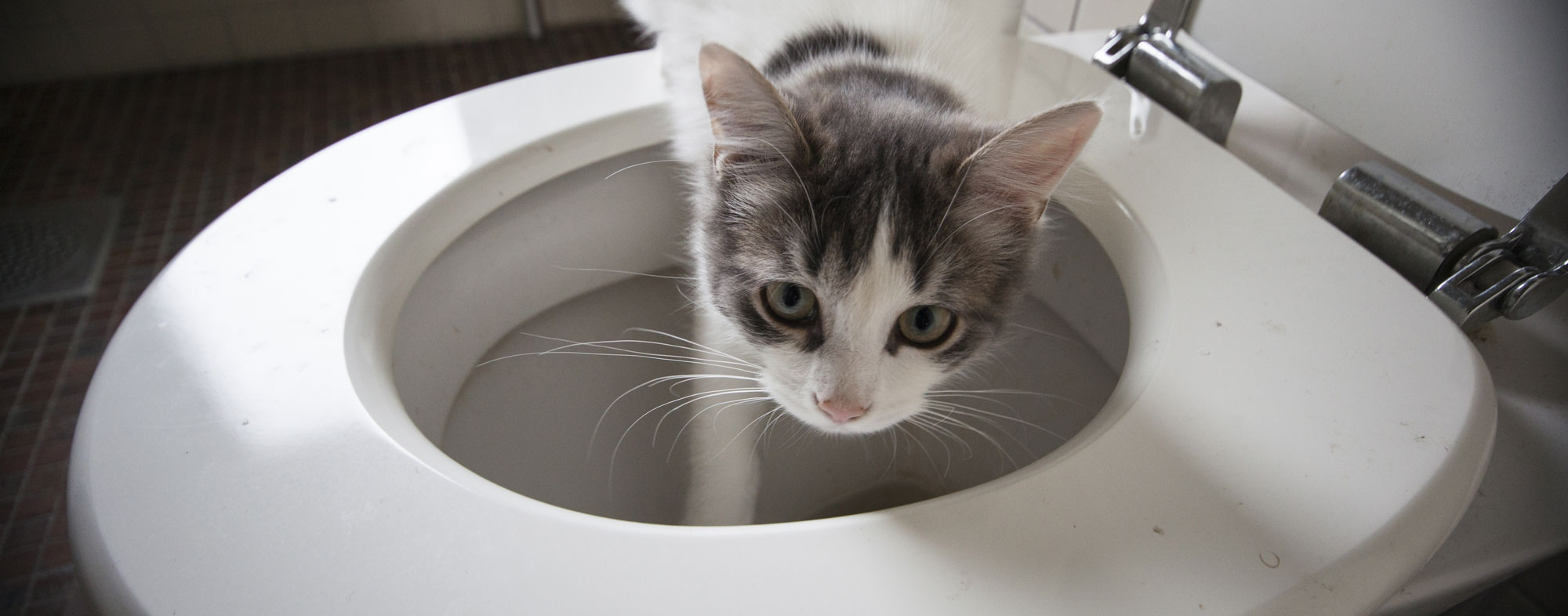Hazards of Flushing Cat Poop Down Your Toilet - Prevent Potential Problems
Hazards of Flushing Cat Poop Down Your Toilet - Prevent Potential Problems
Blog Article
We've unearthed this post on How to Dispose of Cat Poop and Litter Without Plastic Bags down the page on the net and thought it made good sense to share it with you here.

Introduction
As cat proprietors, it's vital to bear in mind exactly how we get rid of our feline pals' waste. While it may seem hassle-free to flush cat poop down the commode, this practice can have damaging repercussions for both the atmosphere and human health and wellness.
Environmental Impact
Purging pet cat poop presents harmful virus and parasites into the supply of water, posing a significant danger to marine communities. These contaminants can negatively influence aquatic life and compromise water quality.
Health and wellness Risks
In addition to ecological problems, flushing cat waste can additionally pose wellness threats to human beings. Cat feces may consist of Toxoplasma gondii, a parasite that can cause toxoplasmosis-- a potentially serious health problem, particularly for expecting ladies and individuals with weakened body immune systems.
Alternatives to Flushing
Fortunately, there are much safer and much more responsible methods to get rid of feline poop. Take into consideration the following options:
1. Scoop and Dispose in Trash
The most usual method of dealing with pet cat poop is to scoop it into a naturally degradable bag and toss it in the trash. Make certain to use a specialized clutter scoop and throw away the waste promptly.
2. Use Biodegradable Litter
Choose naturally degradable pet cat trash made from products such as corn or wheat. These trashes are environmentally friendly and can be securely thrown away in the garbage.
3. Bury in the Yard
If you have a yard, think about burying pet cat waste in a designated area far from veggie gardens and water sources. Make certain to dig deep enough to prevent contamination of groundwater.
4. Install a Pet Waste Disposal System
Buy a pet waste disposal system particularly created for feline waste. These systems utilize enzymes to break down the waste, decreasing smell and ecological effect.
Conclusion
Accountable pet possession prolongs past giving food and sanctuary-- it additionally entails appropriate waste management. By refraining from purging cat poop down the commode and going with alternate disposal techniques, we can lessen our ecological footprint and protect human health and wellness.
Why Can’t I Flush Cat Poop?
It Spreads a Parasite
Cats are frequently infected with a parasite called toxoplasma gondii. The parasite causes an infection called toxoplasmosis. It is usually harmless to cats. The parasite only uses cat poop as a host for its eggs. Otherwise, the cat’s immune system usually keeps the infection at low enough levels to maintain its own health. But it does not stop the develop of eggs. These eggs are tiny and surprisingly tough. They may survive for a year before they begin to grow. But that’s the problem.
Our wastewater system is not designed to deal with toxoplasmosis eggs. Instead, most eggs will flush from your toilet into sewers and wastewater management plants. After the sewage is treated for many other harmful things in it, it is typically released into local rivers, lakes, or oceans. Here, the toxoplasmosis eggs can find new hosts, including starfish, crabs, otters, and many other wildlife. For many, this is a significant risk to their health. Toxoplasmosis can also end up infecting water sources that are important for agriculture, which means our deer, pigs, and sheep can get infected too.
Is There Risk to Humans?
There can be a risk to human life from flushing cat poop down the toilet. If you do so, the parasites from your cat’s poop can end up in shellfish, game animals, or livestock. If this meat is then served raw or undercooked, the people who eat it can get sick.
In fact, according to the CDC, 40 million people in the United States are infected with toxoplasma gondii. They get it from exposure to infected seafood, or from some kind of cat poop contamination, like drinking from a stream that is contaminated or touching anything that has come into contact with cat poop. That includes just cleaning a cat litter box.
Most people who get infected with these parasites will not develop any symptoms. However, for pregnant women or for those with compromised immune systems, the parasite can cause severe health problems.
How to Handle Cat Poop
The best way to handle cat poop is actually to clean the box more often. The eggs that the parasite sheds will not become active until one to five days after the cat poops. That means that if you clean daily, you’re much less likely to come into direct contact with infectious eggs.
That said, always dispose of cat poop in the garbage and not down the toilet. Wash your hands before and after you clean the litter box, and bring the bag of poop right outside to your garbage bins.
https://trenchlesssolutionsusa.com/why-cant-i-flush-cat-poop/

Do you like reading about Can You Flush Cat Poop Down The Toilet?? Place feedback down below. We'd be interested to see your thinking about this blog post. We are looking forward that you visit us again before long. So long as you enjoyed reading our article if you please don't forget to pass it around. Thank you for your time. Don't forget to come visit our site back soon.
Automated Marketing Report this page